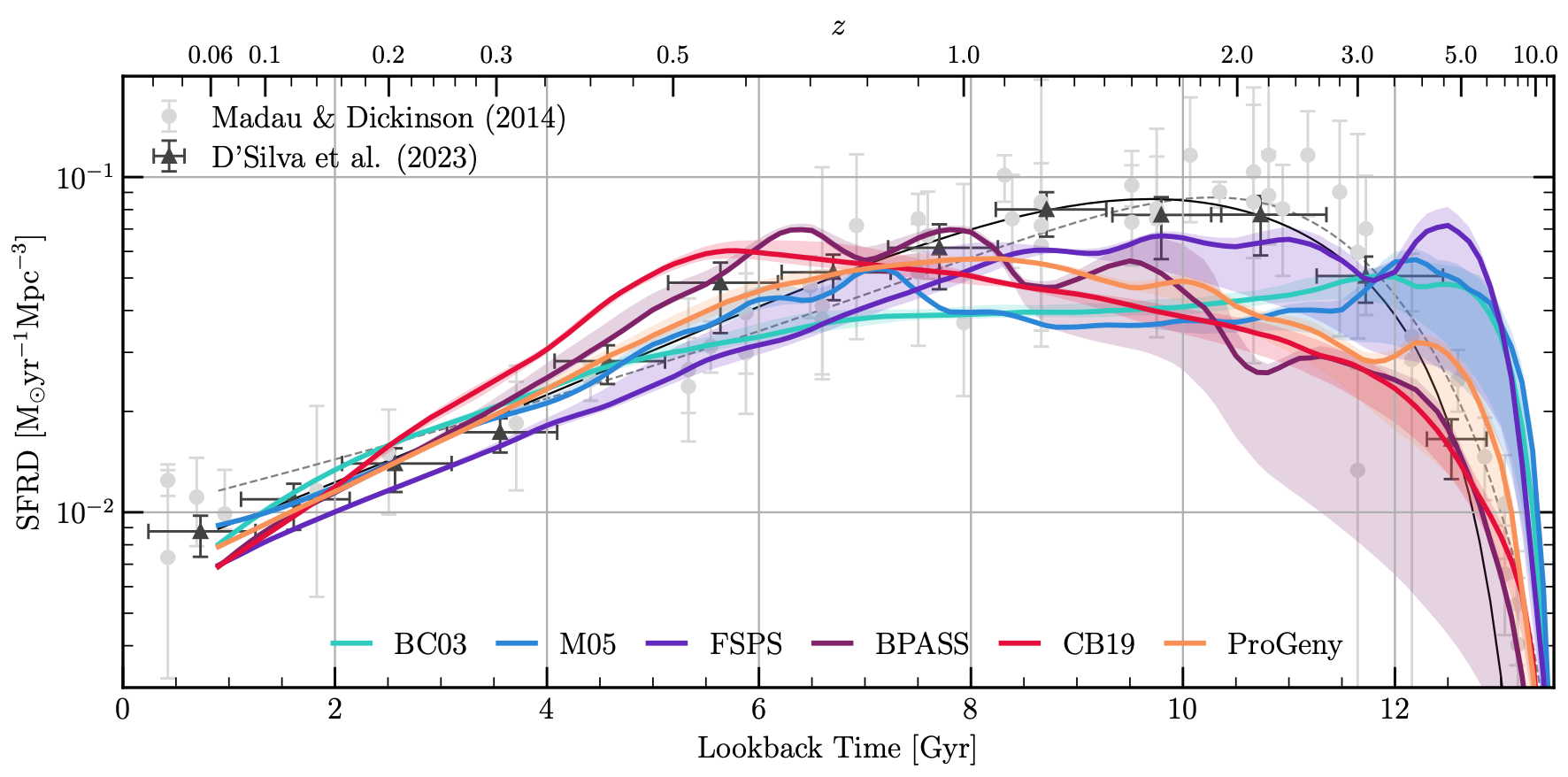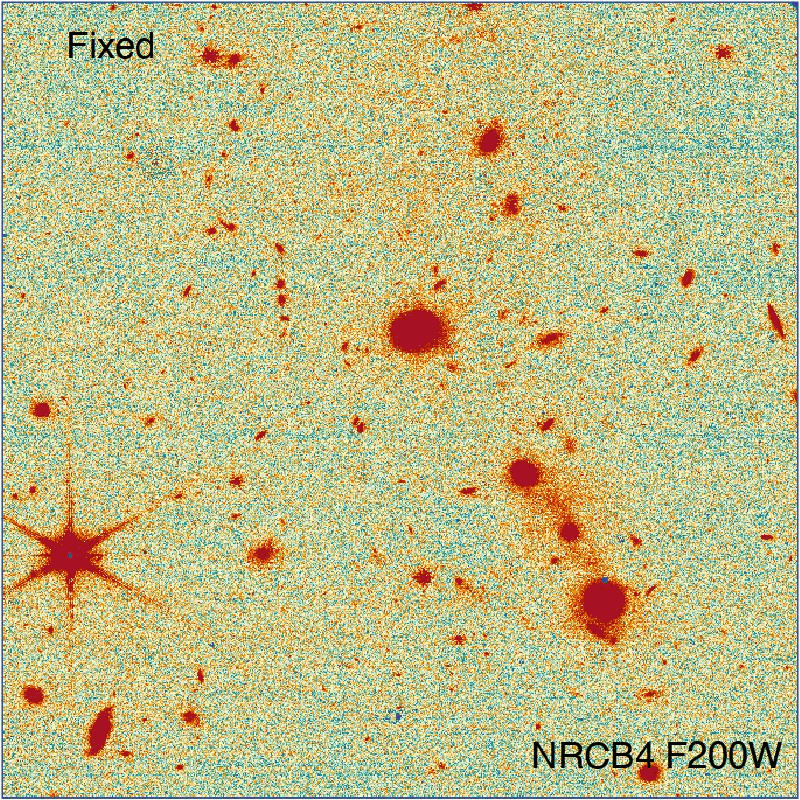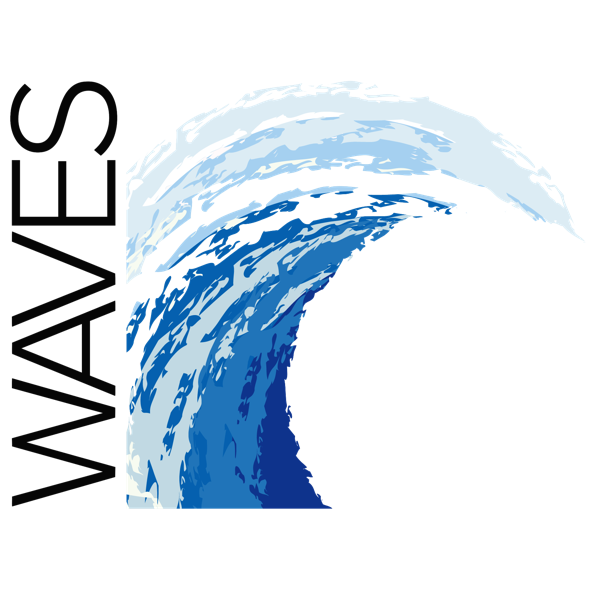I completed my PhD at the Centre of Astrophysics and Supercomputing at Swinburne University of Technology in Melbourne Australia in late 2018. My PhD focussed on developing techniques to analyse radially extended kinematics of early-type galaxies, using data from the SLUGGS survey.
After completing my PhD, I started a Research Associate position at the International Centre for Radio Astronomy Research (ICRAR), at the University of Western Australia, in Perth Australia. I have been working on large-scale galaxy surveys, including the Galaxy And Mass Assembly (GAMA) survey, the Deep Extragalactic VIsible Legacy Survey (DEVILS), and the Wide Area VISTA Extragalactic Survey (WAVES).
As the Programme Scientist for the WAVES survey, I am currently very involved in survey preparations, image processing and input catalogue development for this survey, set to start observations in mid 2025. My current research uses multi-wavelength imaging data from redshift surveys to probe galaxy evolution through stellar populations.
Science Highlights
ProFuse: Simultaneous spectral and spatial decomposition of galaxies
The latest code from A/Prof Aaron Robotham is ProFuse - a fusion of ProSpect, ProFound, and ProFit. For the first time, we can now do multi-wavelength spatial decomposition of galaxies, while simultaneously fitting the SEDs of the components individually!
With this exciting new tool, we present the size—mass—age plane, using a local sample of GAMA galaxies.
Mass-Metallicity Relation from SED Fitting
Analysing both the star formation histories and metallicity histories of ~4,500 galaxies from the GAMA survey, this work infers the evolving mass-metallicity relation for galaxies over 12 billion years. These SED-fitting results are consistent with direct observational measurement.
Carbon Emissions of Australian Astronomy
A study led by Dr Adam R. H. Stevens, this is a diagnosis of the carbon footprint of Australian astronomers, and a recommendation for strategies to reduce our impact on climate change.
See this paper discussed by Astrobites, IFLScience, and Science.
Cosmic Star Formation History of Bulges, Disks, and Spheroids
In the first science-focused paper using the code ProFuse, we model the multi-wavelength images for ~7,000 galaxies in the GAMA survey to simultaneously conduct structural decompositions and recover the stellar populations for individual components.
We find that bulges within two-component galaxies are consistently ancient, and distinct from single-component spheroidal galaxies.
GAMA Data Release 4
Led by Prof Simon Driver, the final data release of the Galaxy and Mass Assembly (GAMA) survey has just gone live! This includes 265,958 galaxy redshifts across the five GAMA fields (250 square degrees), and 318,550 galaxy spectra, with a wealth of ancillary data provided through catalogues.
Check out the released data here: http://www.gama-survey.org/dr4/
Ascolta il video in italiano
Forensic Reconstruction of the Cosmic Star Formation History
Using the SED-fitting code ProSpect, we use panchromatic imaging from the GAMA survey for ~7,000 galaxies to reconstruct the star formation history of the Universe.
Check out the press release describing this research.
New GAMA Panchromatic Photometry
Using KiDs imaging and ProFound source-extraction software to update the imaging in 20 wavelength bands for the four fields of the GAMA survey.
Biases in SED fitting with ProGeny
In this companion paper to the release of the code ProGeny, we characterise the impact of not only SED fitting configurations, but also the choice of stellar population library on the physical properties derived for galaxies. We show that the choice in library can have notable impacts on the derived star formation histories of galaxies.
JWST Wisp Removal
Developed by A/Prof Aaron Robotham, a method has been developed to remove unsightly wisp artefacts from JWST data.
(credit Jessica Thorne)
ProSpect: A New SED-Fitting Code
Written by Dr Aaron S. G. Robotham, ProSpect is a new tool designed to fit galaxy SEDs in an entirely flexible, modular way.
Dynamical Modelling of Early-Type Galaxies
An application of Jeans Anisotropic Modelling (JAM) to extended kinematic data from the SLUGGS survey, to compute the total mass density profiles for early-type galaxies, and comparing to results from cosmological, hydrodynamical simulations.
SLUGGS Trails
By using annular bins, rather than global measurements, we present trails in spin—ellipticity space, which bridge the gap between photometric and kinematic morphological classifications.
My Collaborations

















